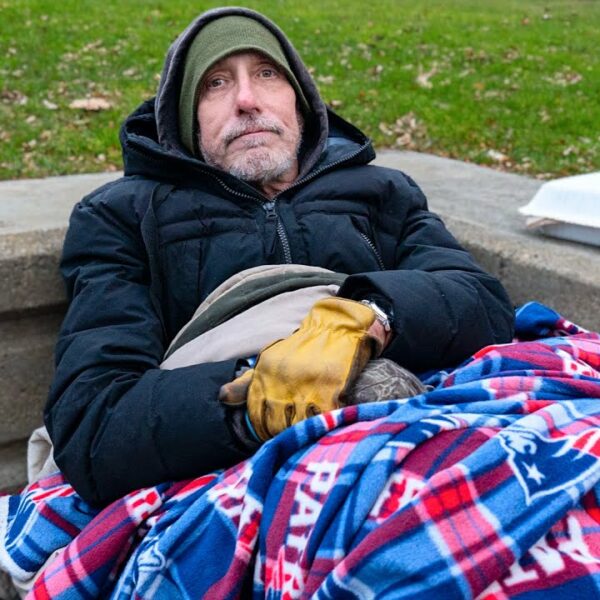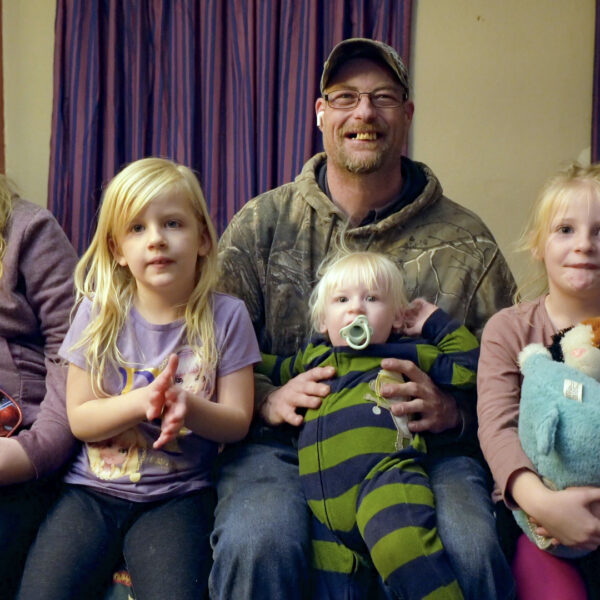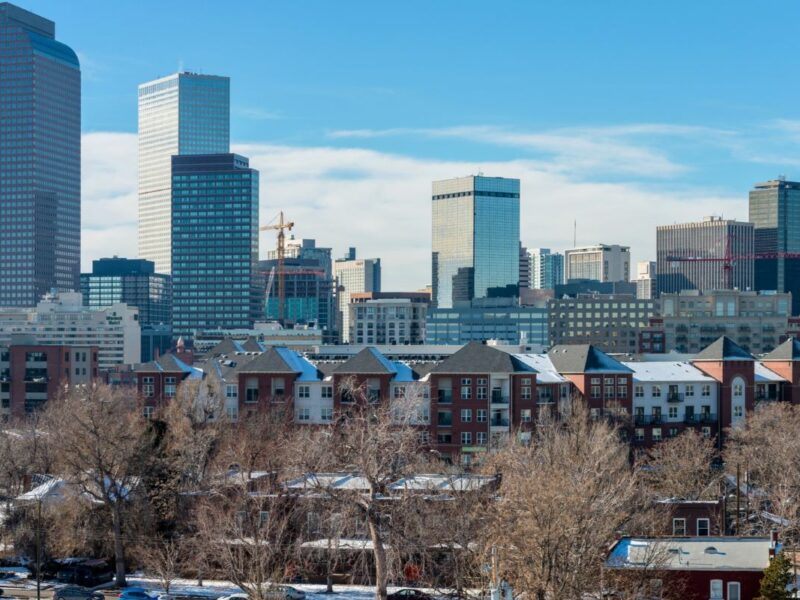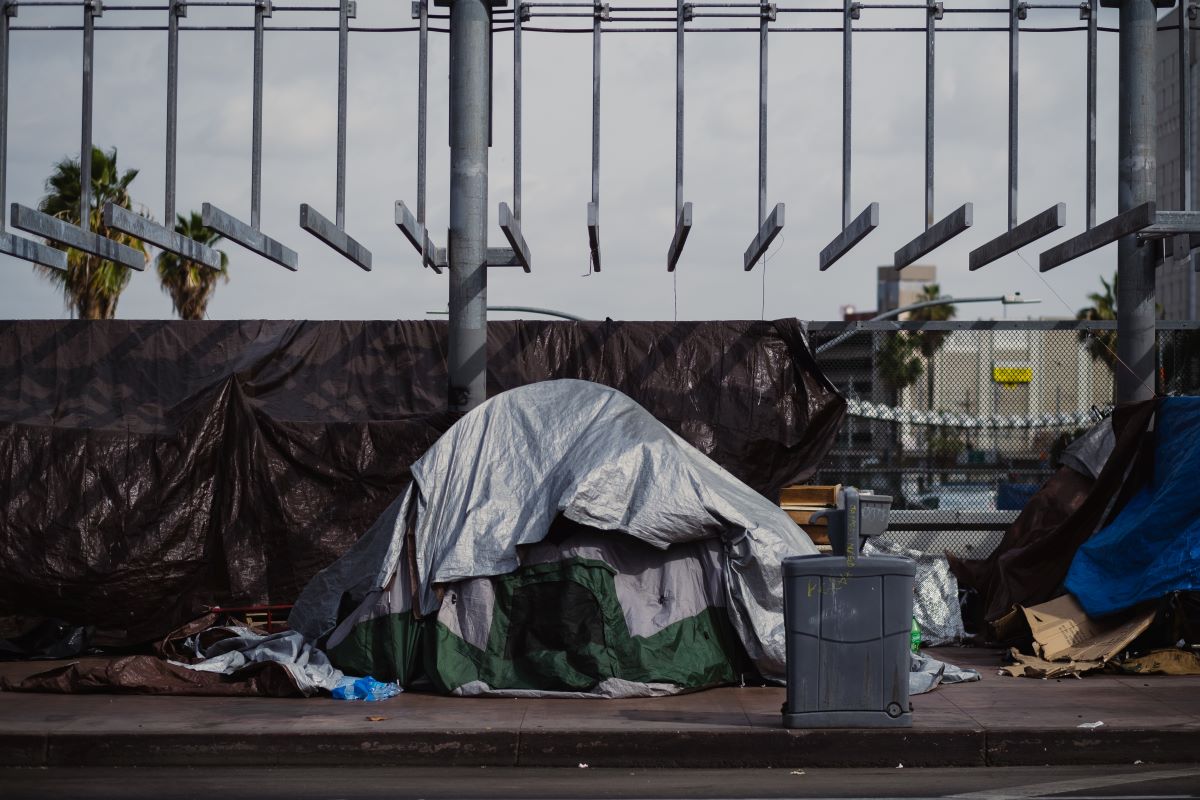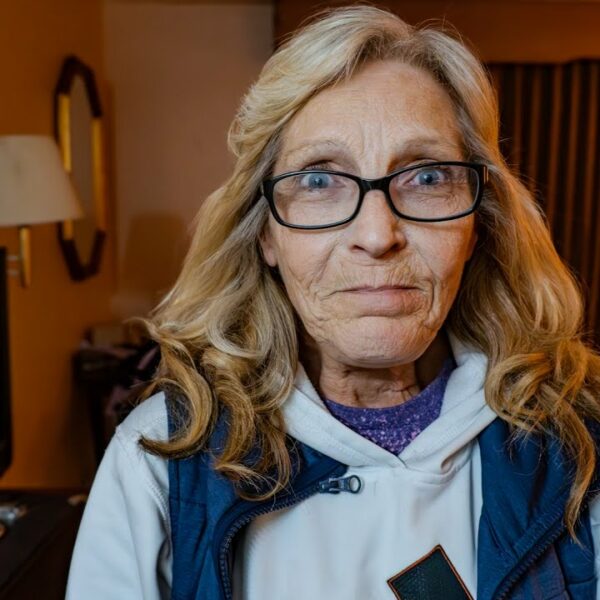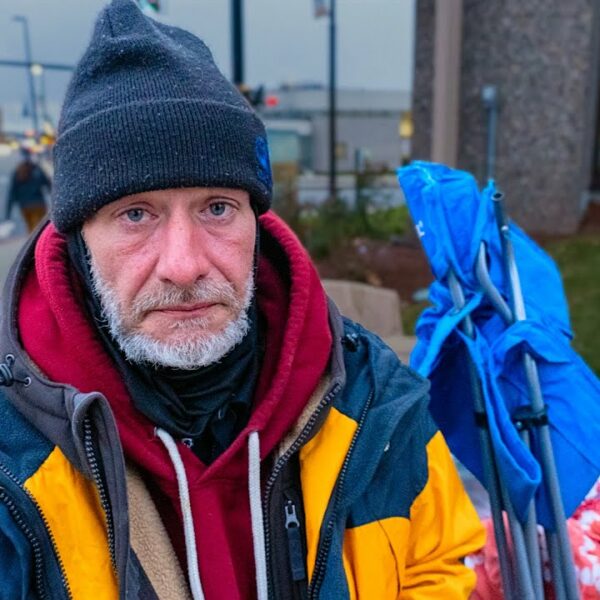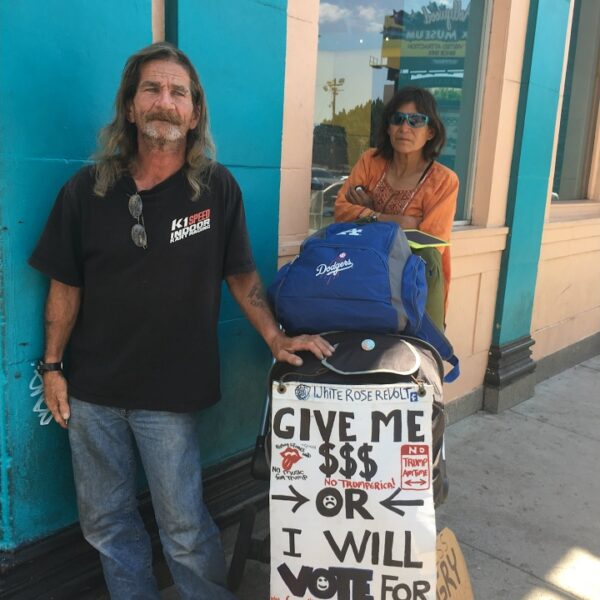The Ambitious Plan to Move People from the Streets into Permanent Housing Has Hit a Few Bumps, But Could Still Recover
Los Angeles Mayor Karen Bass’s ambitious Inside Safe program came with many promises and its fair share of detractors. Since Mayor Bass recently renewed her state of emergency declaration regarding homelessness levels in Los Angeles, now seems like a good time to check back on the program.
The Inside Safe program model emphasized swift and decisive action to get people housed ASAP. But are we seeing the promised results more than halfway through its critical first year?
What Is Inside Safe?
To refresh your memory, Inside Safe is a program that moves unhoused people in LA off the streets and into motel rooms- as long as they agree to give up their tent for good. According to Mayor Bass, allowing the city to destroy tents shouldn’t be a hangup for people because they won’t need them if everything goes to plan.
But is everything going to plan?
The plan is supposed to work by moving people from encampments to motels and then from motels into permanent housing. Organizers were moving quickly to execute the first move, knowing that housing might not be available immediately to get people inside safely.
How Is Inside Safe Succeeding?
Undoubtedly, it’s better for people to be inside safe than to be forced to sleep outside in tent encampments. Motel rooms may not be permanent housing, but they do offer temperature control, locking doors, electricity, a mailing address, running water, and enough safety and stability to start getting ahead in life instead of constantly struggling to keep up.
Having a motel room to live in allows people to breathe, heal, and be better connected to the services designed to help them. They can collect the documentation many assistance programs require without worrying about it being stolen, swept, or ruined by the elements.
Homeless people can meet more consistently with caseworkers who know where to find them. They can plan their days knowing where they will be waking up and going to sleep at night. All these things and a million more make life in a motel much preferable to life on the streets. This is a definite step up, and it’s making a big difference in the lives of many people in the program.
But still, it’s not enough.
How Is Inside Safe Struggling?
As time has passed, very few people in the Inside Safe program have transitioned from motel to housing — few, as in less than 6 percent. Out of the 1,373 people who moved into motel rooms since the program began in December, only 77 have moved into permanent housing.
Because of these disappointing numbers, “Inside Safe” has begun to take on an uneasy energy more akin to “Inside Safe…for now.”
Without the housing piece, participants will be housed in motel rooms only as long as the funding and goodwill hold out. Unfortunately, many unhoused people know too well that those things can fall through any time. It’s a tenuous position they’ve been put into, with their lives and well-being resting on a government program’s ability to deliver on a big promise where many others have already failed.
Remember that the people in this program have had to give up their tents and much of the gear they were relying on to keep them alive outside. If things fall through now, they’ll be back on the street with less than nothing.
What’s The Problem?
Mayor Bass has expressed disappointment with the program’s results so far and blames the poor rates of permanent housing on bureaucracy slowing up the works. There is also the need for more affordable housing units within and around Los Angeles.
Another thing that has been lacking is the wraparound services that were supposed to be a part of the program.
Program participants and workers have said that access to medical treatment, counseling, job training, and other supportive services has been difficult to arrange in the motels. The reason given is that the providers of these services are at capacity and having difficulty keeping up with everyone.
These are all things that can help people move into permanent housing more quickly and smoothly. Addressing these issues could have a knock-on effect throughout the program as a whole.
Reasons To Hope
Ideally, we’ll start seeing the rates of permanent housing trending upward soon. Mayor Bass has said that she is working on streamlining the process of qualifying for subsidized housing and getting rid of some of the red tape.
There are also 3,200 affordable housing units scheduled to hit the market this year thanks to Proposition HHH, passed by voters in 2016.
The city is also attempting to purchase one of the motels it’s working with for this program. This could make it more long-term sustainable and reduce the risk of people getting inside “safe” and then being forced back onto the streets due to a sudden shift in funding.
Overall, the Inside Safe program has wasted no time in taking aggressive action to reverse homelessness in Los Angeles. More than 1,000 people have benefitted from this, at least in a small way. And there’s a lot more good in it for all of us if a few kinks can be ironed out.
Once Inside Safe can demonstrate a good record of moving people off of the streets, into motels, and then, critically, into permanent housing, it will be able to serve a lot more people who right now may be understandably skeptical of accepting help from an unproven program.
Hopefully, we’ll soon see the Inside Safe program moving out of “stage 1” and into “stage 2,” where more and more participants can transition into permanent housing.



